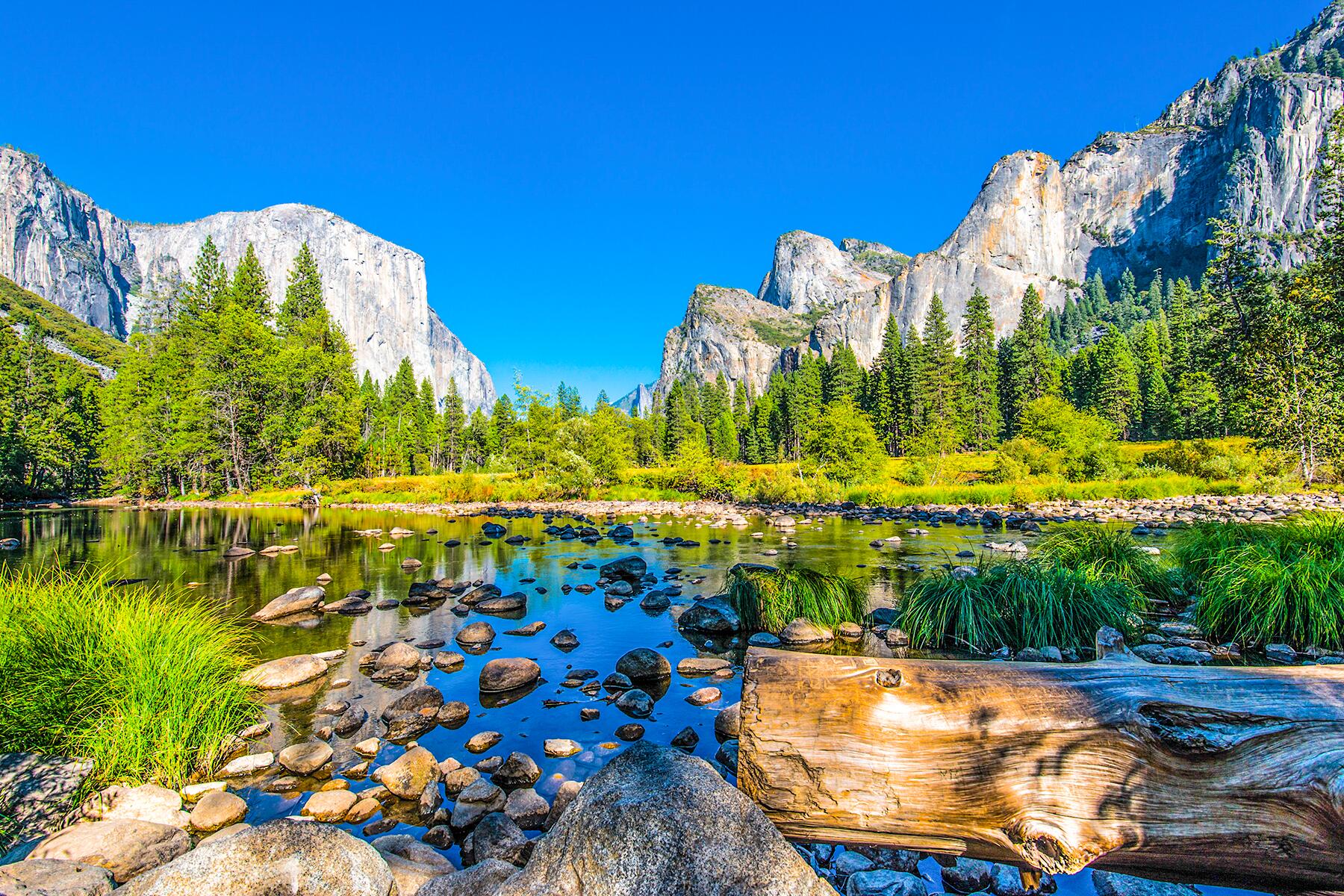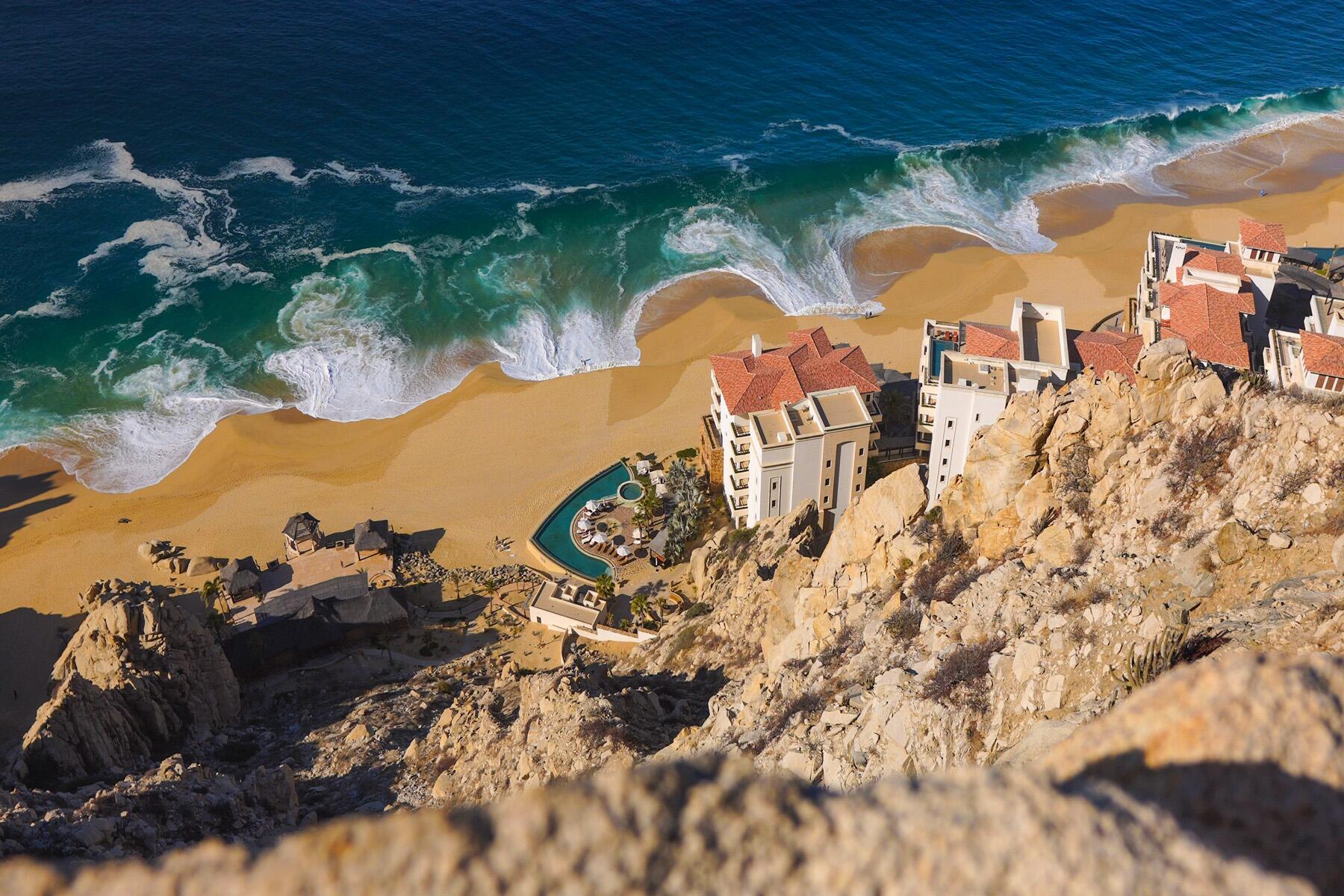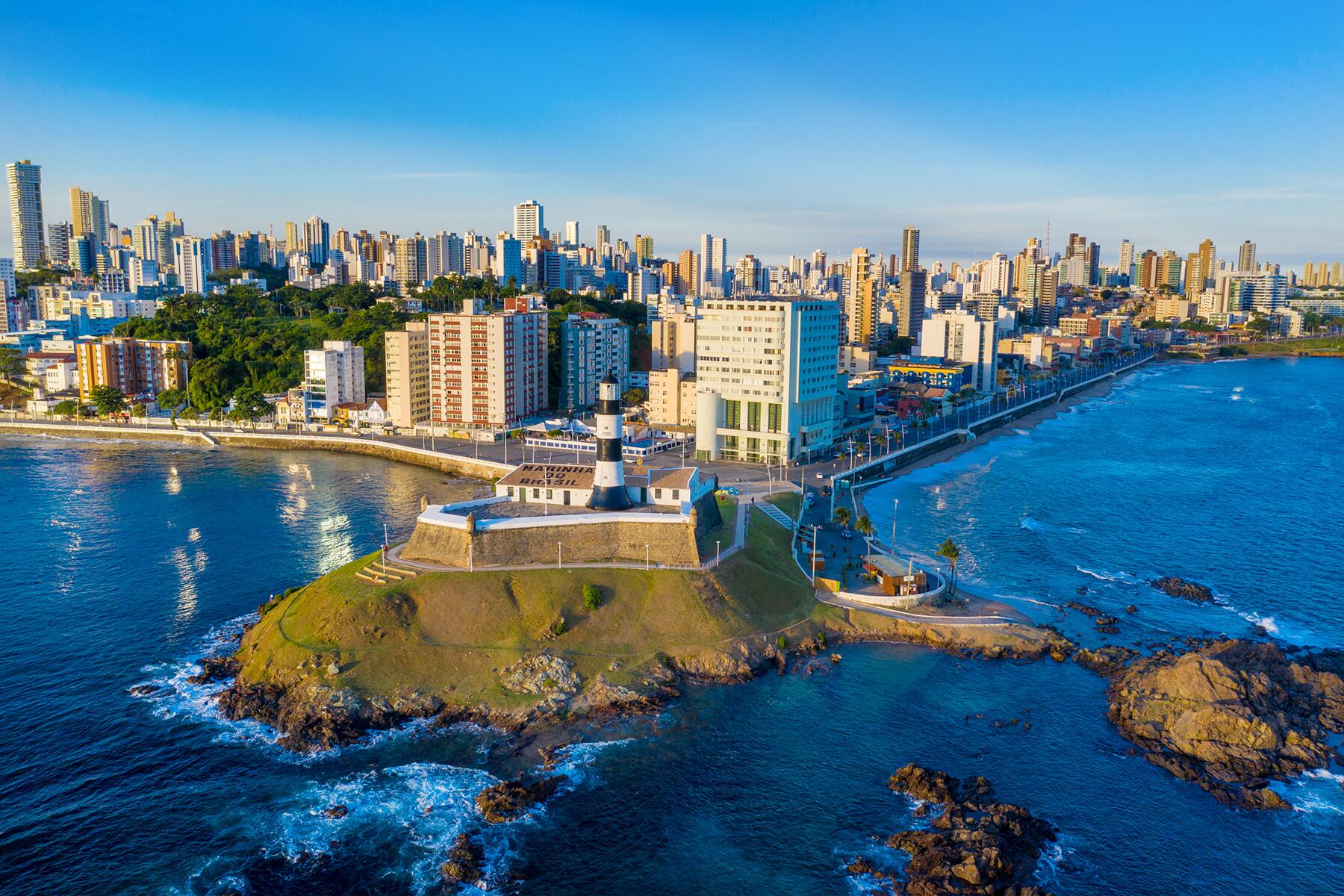Outstanding food, music, and design are in the DNA of these 10 exceptional cities from Asia to South America.
When UNESCO began designating World Heritage Sites in the late 1970s, it became both guardian and promoter of the globe’s most important historical, cultural, and ecological places. Thirty years later, they created the Creative Cities Network, a new way to identify exceptional urban centers. Some, like Usuki, Japan, and Gabrovo, Bulgaria, are so under the typical travel radar, you may have never even heard of them.
Today, there are close to 250 UNESCO Creative Cities from Asia to Africa to the Americas. Each is recognized in one of seven categories: gastronomy, literature, crafts and folk art, film, music, media arts, and design. From the technique of lost wax bronze casting in Ouagadougou, Burkina Faso to the Afro-Caribbean sounds of tropicalia and axé in Salvador, Brazil, here are 10 that are worth a deeper look.




